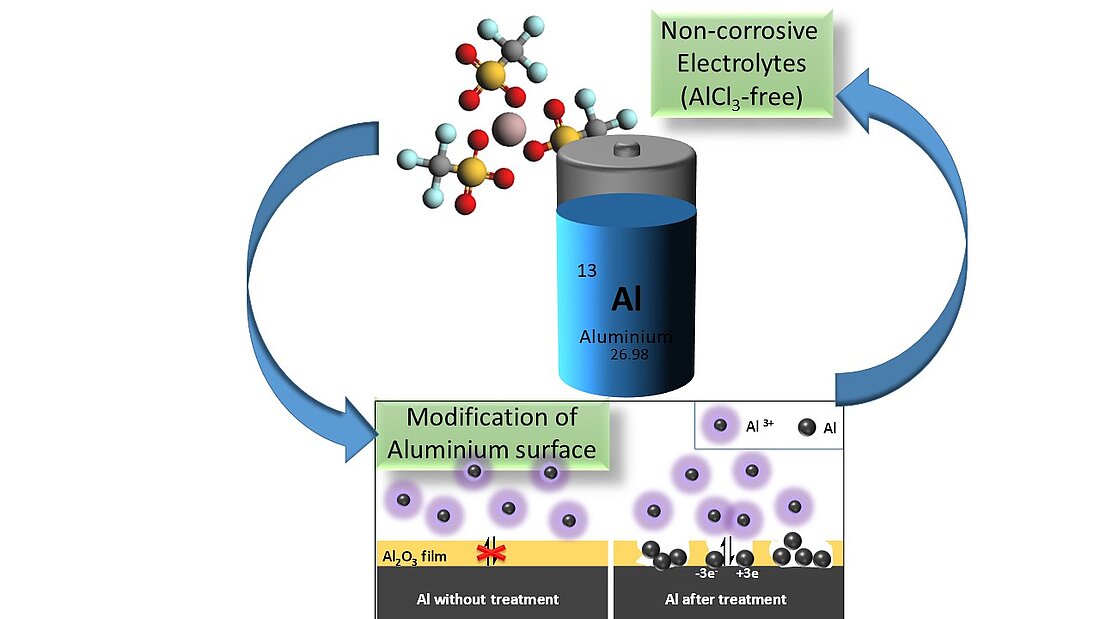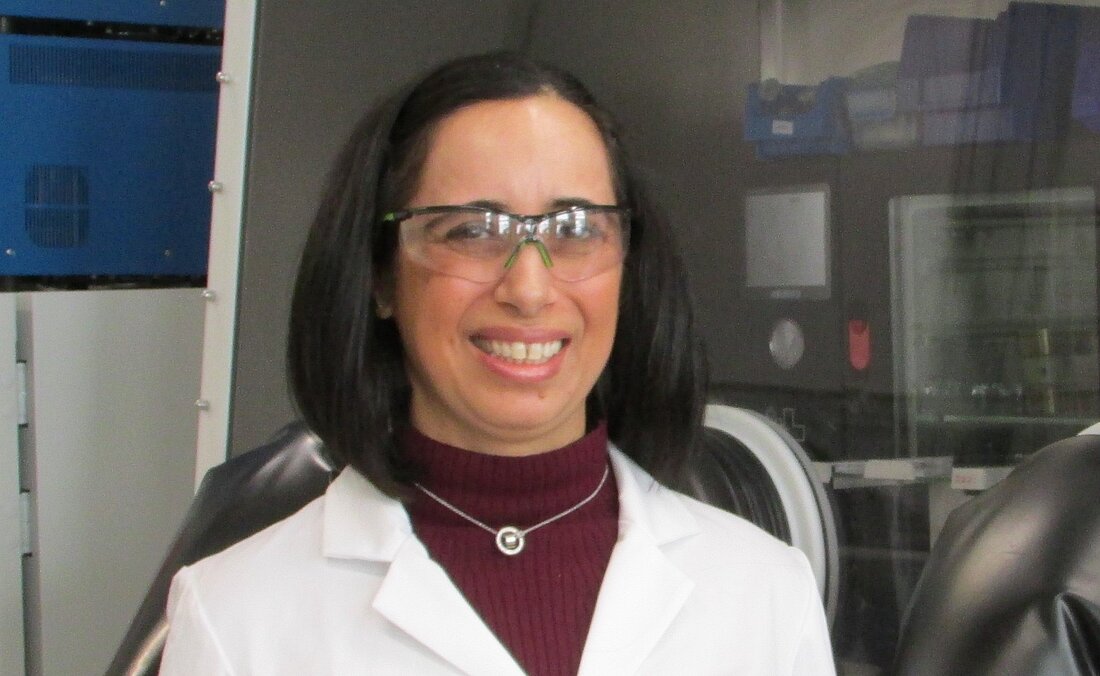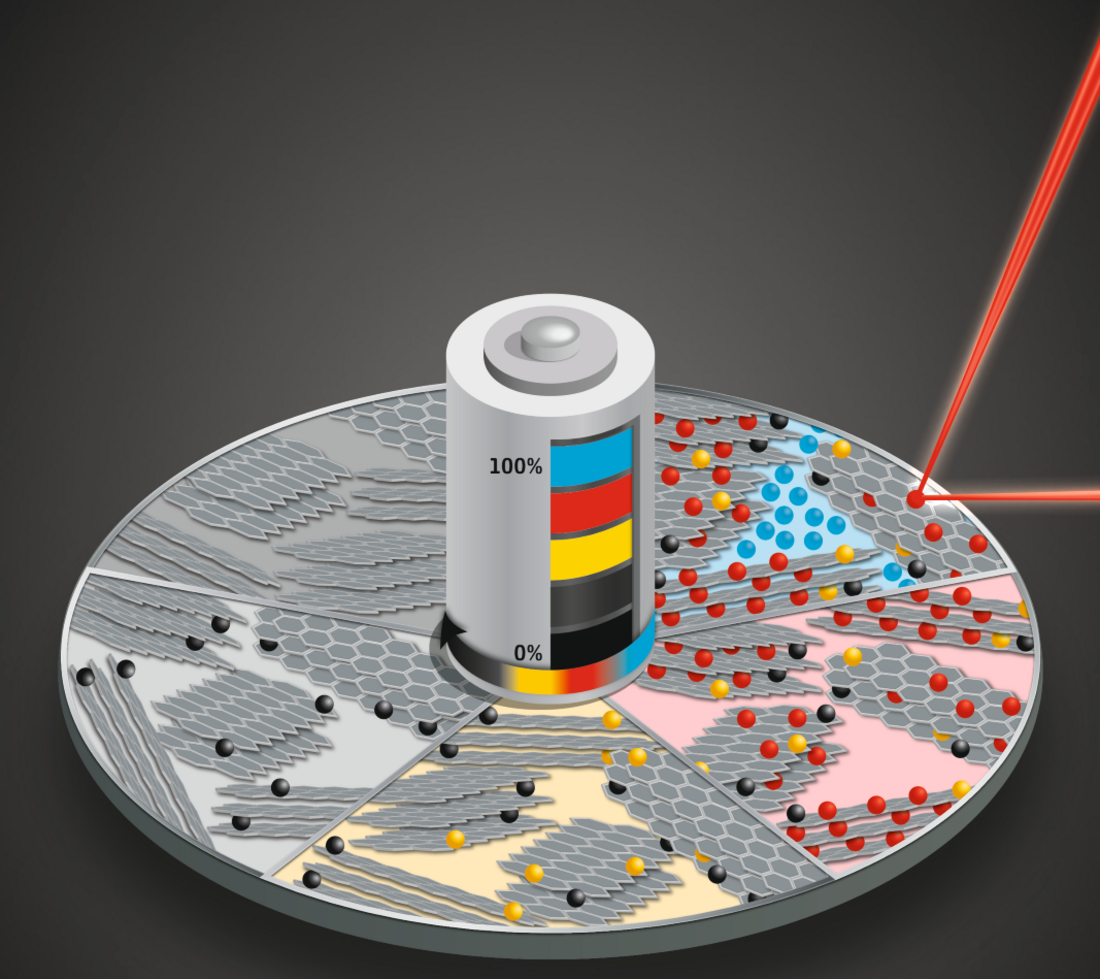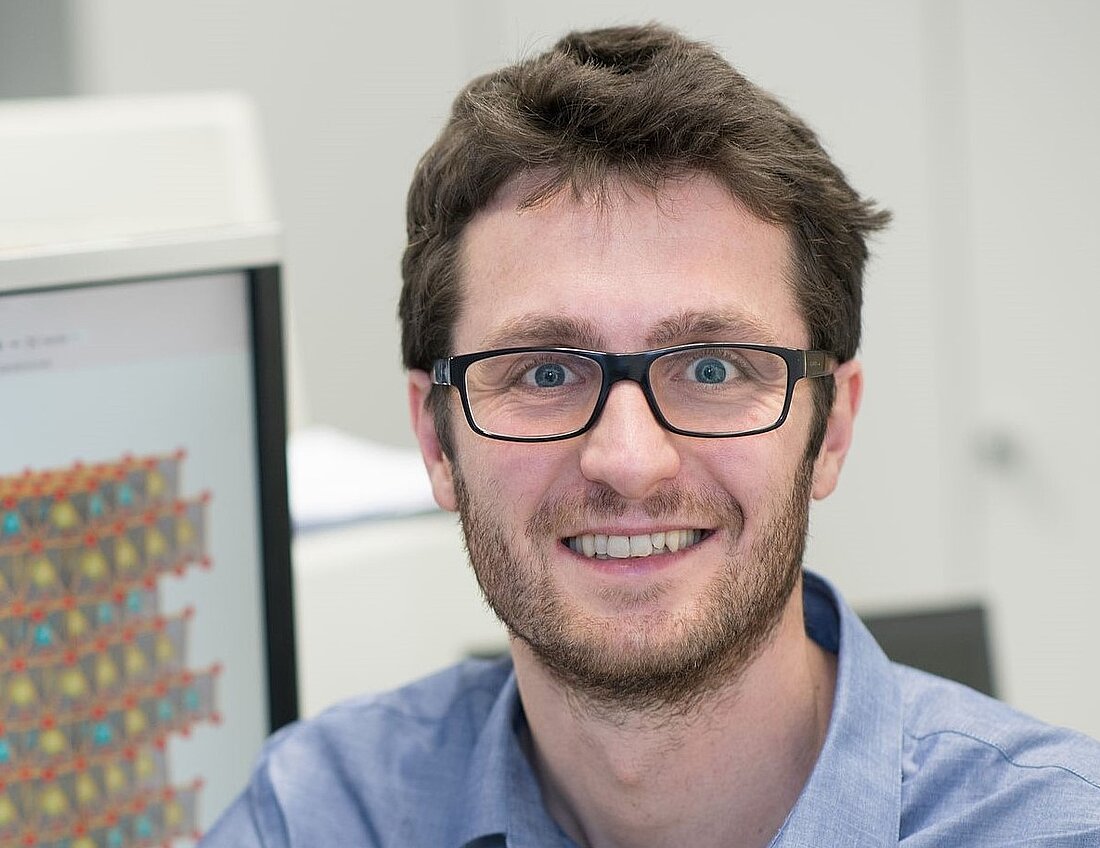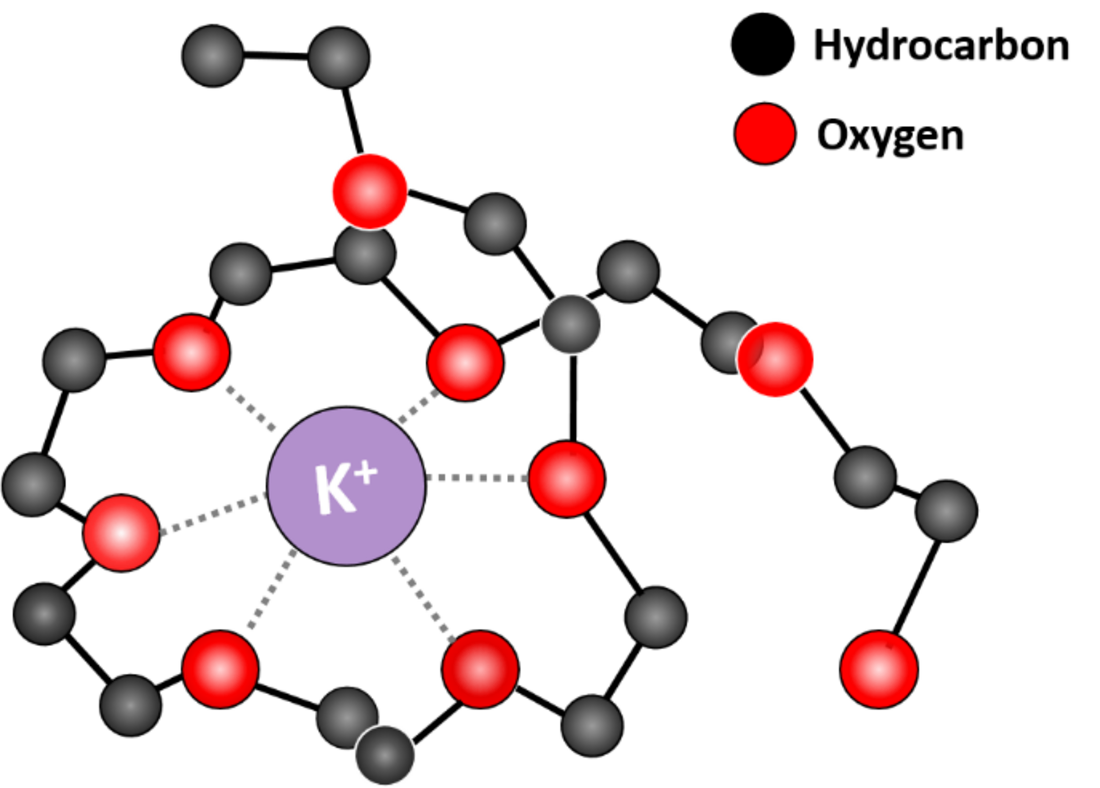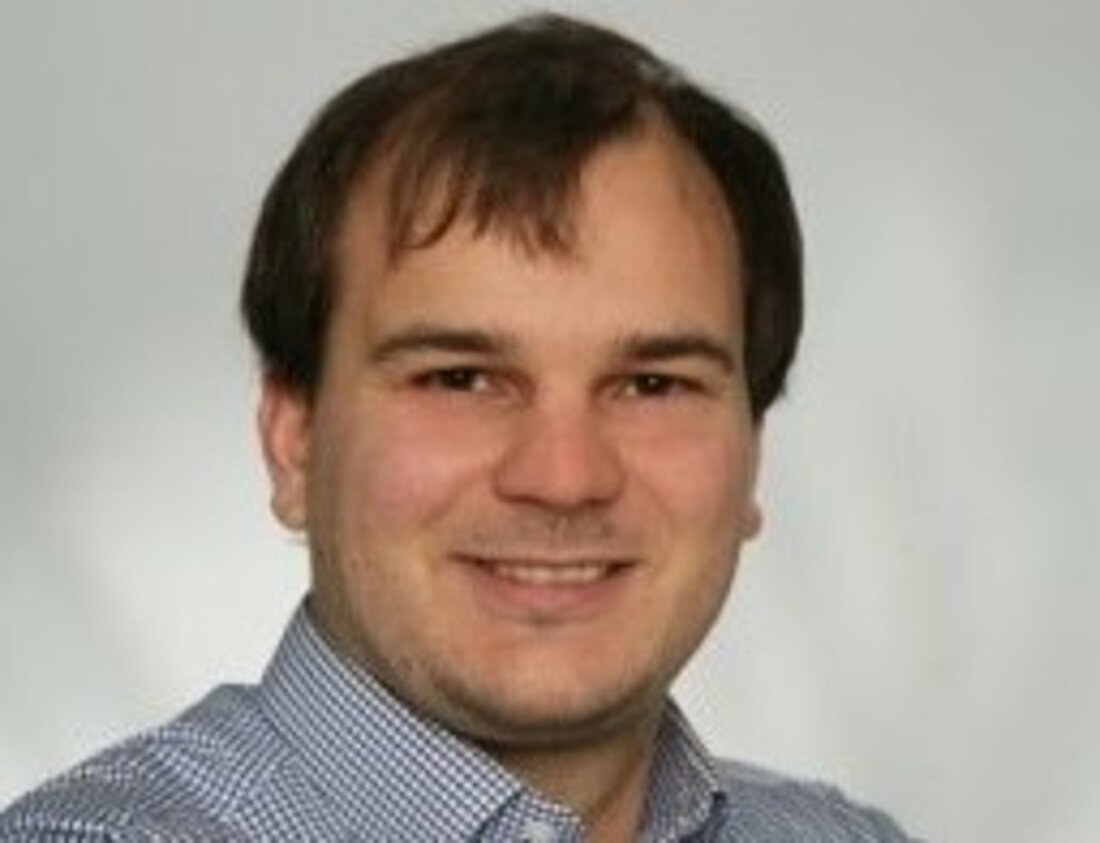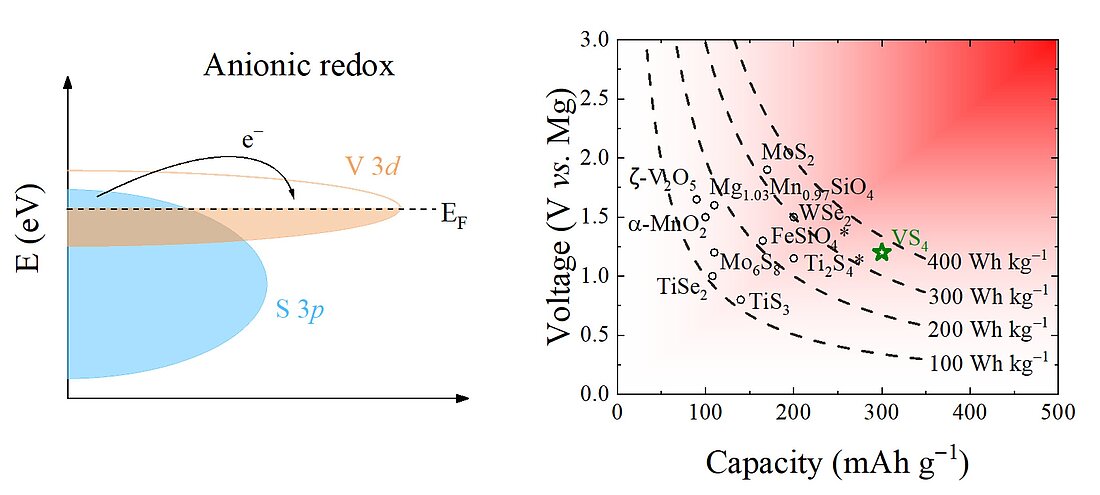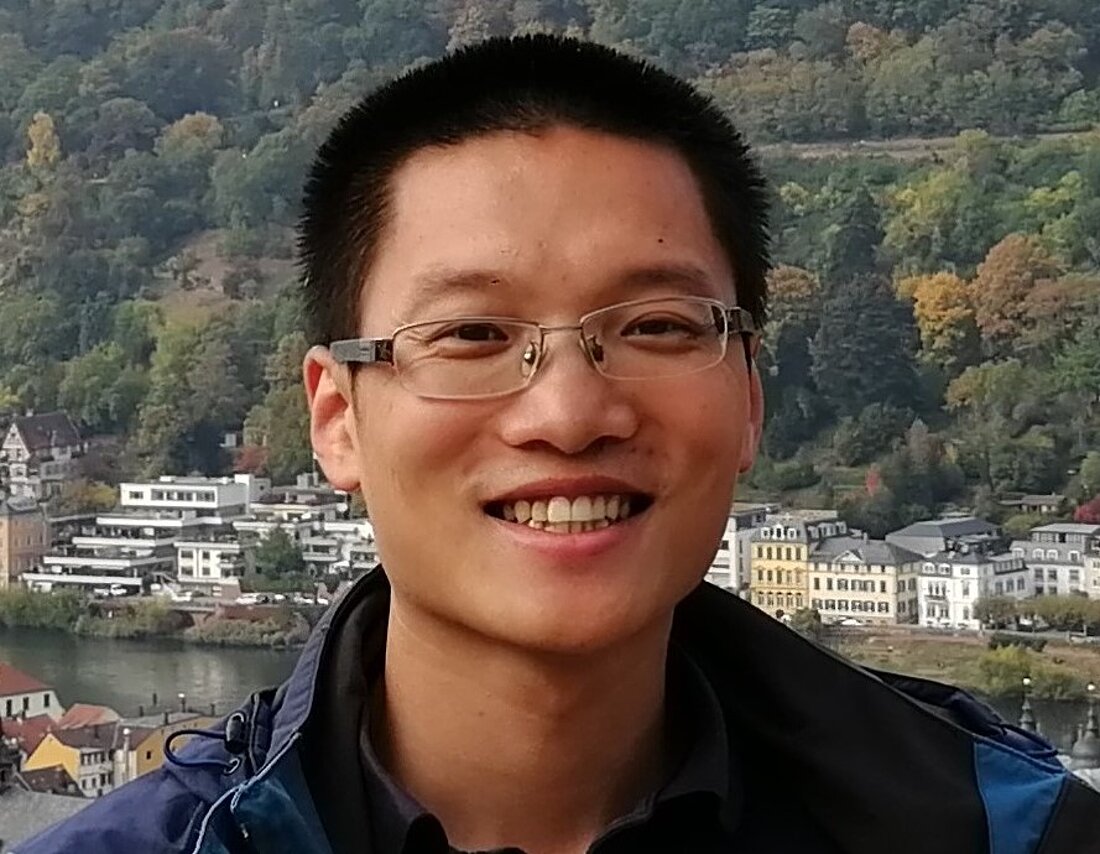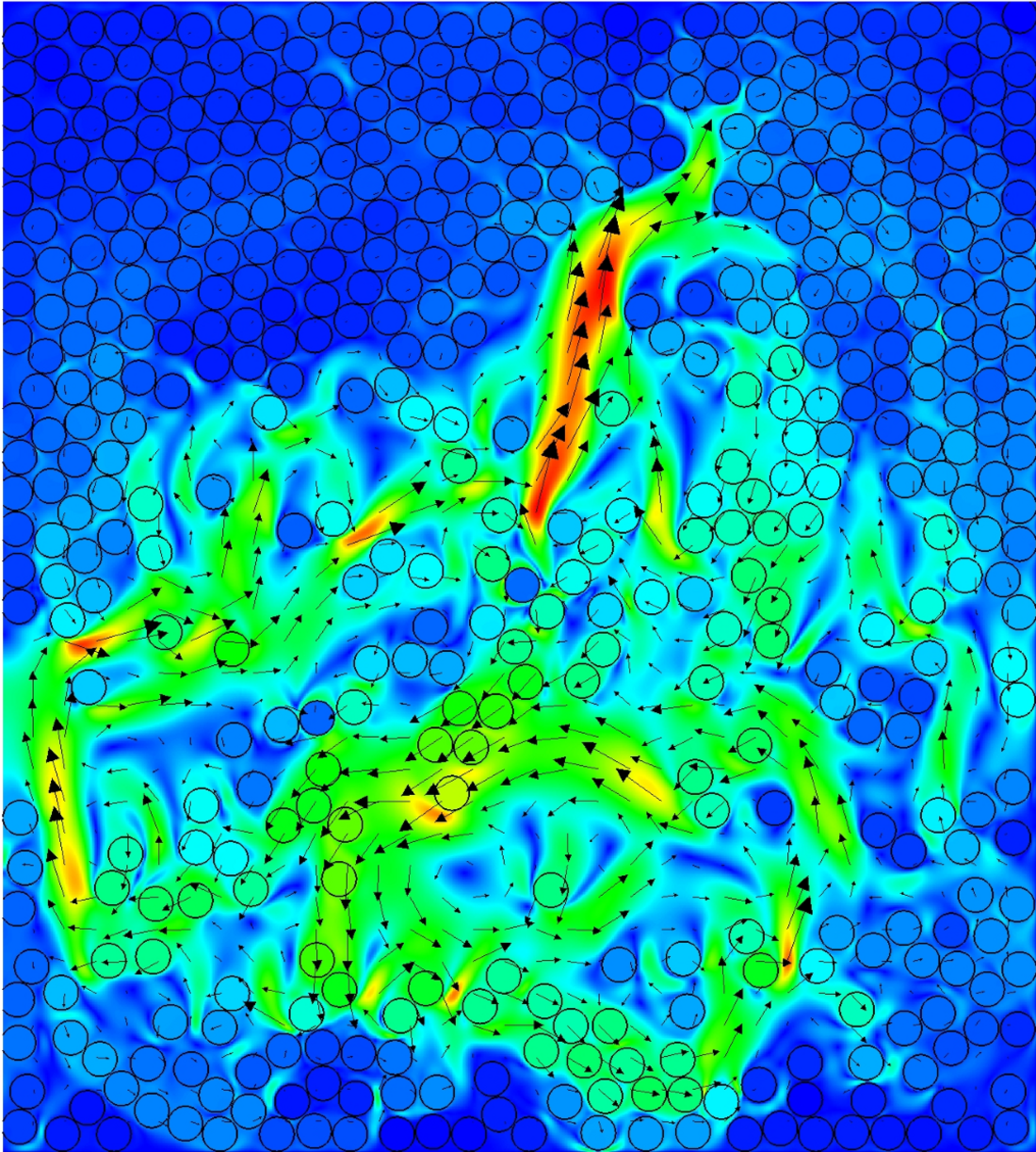
POLiS funds five new research projects
The POLiS board is funding five projects from its reserves with a total volume of around 600,000 euros, which complement the cluster's current research program. Out of 16 applications, those applicants whose ideas or concepts are particularly advanced and that are currently not or only marginally covered by research in the cluster were successful. They will now become Associate Fellows of the Cluster.

Towards haloaluminate-free Aluminum batteries - Dr. Sonia Dsoke
The aim of this project is to push the research frontiers on Aluminum batteries by developing a system based on non-corrosive electrolytes and on tailored interfaces. So far, an indispensable component of Al-based electrolytes is AlCl3, which provides a very corrosive environment. This represents a serious obstacle to the development of Al-batteries in terms of sustainability, safety and cost. In this project, alternative Aluminum salts will be explored in combination with deep eutectic solvents. On the other side, the Aluminum surface will be tailored by surface modifications in order to facilitate the Aluminum plating and stripping.
CV
Sonia Dsoke since 2017 is the group leader for “Material synthesis for Energy Storage” at the Institute for Applied Materials – Energy Storage Systems at KIT. From 2012 to 2016 she was young research group leader designing novel electrodes for Hydrid Battery-Supercapacitors at ZSW-Ulm (Germany). Previously, she worked as a researcher at the University of Camerino (Italy) where she also obtained her PhD (in 2005). Her main research subjects are the development of novel advanced functional materials and electrolytes for supercapacitors, lithium and post-lithium ion batteries. Sonia Dsoke was honoured with the Brigitte-Schlieben-Lange Programm Grant (2017-2019, Ministry of Science and Culture, Baden-Württemberg) and a Young Investigator Group Grant (2012-2016, Federal Ministry of Education and Research, BMBF) within the framework “Energy Storage Initiative”.
Intercalation mechanism of alkali metal ions in carbon based anode materials - Dr. Holger Euchner
Understanding and improving carbon based anode materials is of significant importance for lithium and particularly post-lithium ion technology.
Especially, the storage mechanism of alkaline metals in non-graphitic carbons that can be obtained from bio waste and is e.g. used in sodium ion batteries, is still largely debated.
To elucidate the underlying processes, the storage mechanism of Li, K and Na in different types of carbon based model systems will be investigated by atomistic simulation methods.
CV
- 04/2016 - present Research Scientist, Helmholtz Institute Ulm, Germany
- 09/2015 - 04/2016 Research Scientist, Ulm University, Germany
- 11/2012 - 09/2015 Research Scientist, Vienna Univeristy of Technology, Austria
- 11/2007 - 11/2012 Research Scientist, Stuttgart University, Germany
- Focus: Catalysis, energy storage, thermoelectrics, thin lms, complex metallic alloys, lattice dynamics, ab initio and molecular dynamics simulations, neutron scattering
- PhD: 11/2011 Dr. rer. nat. (PhD) in physics, Universität Stuttgart. Advisors: Prof. Dr. H. -R. Trebin and Dr. M. de Boissieu. PhD thesis: Lattice Dynamics of Complex Metallic Alloys
All-solid potassium batteries – a polymer electrolyte approach - Dr. Fabian Jeschull
Potassium-Ion batteries (PIB or KIB) are based on abundant and cheap materials such as potassium itself, iron or manganese and may qualify as an interesting and economic complementary energy storage system to Li-ion batteries, e.g. as interim storage solution for intermittent energy sources like wind or solar power. Unlike other post-Li battery systems KIB can use the same key components that are used in Li-ion batteries, for instance the same type of graphite anode and electrolyte. Over the course of the next three years, solid polymer electrolytes will be explored for this battery system with the aim to produce safer batteries and to achieve longer battery life as compared to the commonly used liquid (and typically flammable) electrolytes. During this project we investigate how K-ion are transported through polymer films and study the characteristics of all-solid potassium batteries.
CV
- 09/2019 – present | Karlsruhe, DE Postdoc, KARLSRUHE INST. OF TECHNOLOGY (KIT)
- Research Direction I: Development of Electrolytes and Study of the Electrode-Electrolyte Interfaces of potassium cells
- Research Direction II: Recycling of spent Li-Ion Batteries
- 06/2017 – 08/2019 | Villigen, CH Postdoc, PAUL SCHERRER INSTITUT (PSI)
- Industry project between PSI and Imerys Graphite & Carbon on the development and characterization of silicon-graphite electrodes
- Responsible for service and maintenance of glovebox and potentiostats.
- PhD: 10/2013 – 05/2017 | Uppsala, SE Doctor of Philosophy (Ph.D.), UPPSALA UNIVERSTIY, Studies on functional binders for lithium-ion and lithium-sulfur batteries and their impact on the formation of a stable electrode-electrolyte interface. 05/05/2017 | Uppsala, SE Thesis Defence: ”Polymers at the Electrode-Electrolyte Interface”
Anion-dominated redox chemistry for high energy and fast kinetic multivalent rechargeable batteries - Dr. Zhenyou Li
Multivalent battery cathode materials always suffer from sluggish kinetics and therefore providing low capacity. In the project, we proposed to activate the anionic redox with multi-electron transfer in the cathode materials, so that the local charge compensation could be easily achieved. With the new concept, high-energy Mg- and Ca battery cathodes with fast cation diffusion are expected to be developed.
CV
- Research Focus
- Electrochemistry and multivalent rechargeable batteries
- Hierarchical nanostructure design for rechargeable batteries (e.g. Li+, Na+, Mg2+ & Ca2+).
- Controlled synthesis of nanoparticles and structure-property correlations.
- Electrolyte synthesis and development (mainly for multivalent metal batteries).
- PhD
- 09.2011-07.2016 Combined Master & Ph.D. program (supervised by Prof. Dr. Xiang Junhui)
College of Materials Science and Opto-Electronic Technology University of Chinese Academy of Sciences, Major: Materials Science
- Working Experience
- 06.2017 - till now Postdoctoral Research Fellow (with Prof. Dr. Maximillian Fichtner),
Helmholtz Institute Ulm, Karlsruhe Institute of Technology
- Awards
2016 Physics Guest Programme of the Excellence Initiative of the Federal and State Governments
2015 Heinz-Götze Memorial Fellowship Research Scholarship
2014 Chinese Government Scholarship awarded by CSC
Digital twins for electrode microstructure fabrication - investigation of particulate flow and drying process - Dr. Daniel Schneider
The electrode microstructure has high impact on the performance and degradation behavior of battery systems. Actively designing the microstructure properties of such electrodes is a key point to solve future challenges concerning capacity and rate capability in post-Li battery systems. In this project we develop a framework to model the formation of hierarchically structured electrodes. Simulation studies with that framework will provide a realistic picture how to design a morphology of hierarchically structured anodes according to the given criteria identified by partner projects in Research Unit (RU) D of Post Lithium Storage Cluster of Excellence (POLIS).
CV
- 2/2018 – now Group leader, Karlsruhe Institute of Technology (KIT), Institute of Applied Materials – Computational Materials Science (IAM–CMS). Group: “Multiphysics Materials Modelling: Microstructure-Mechanics”
- 01/2017 – now Department manager, University of applied Science, Institute of Digital Materials Science (IDM).
- 12/2014 – 01/2018 Group leader, Karlsruhe Institute of Technology (KIT), Institute of Applied Materials – Computational Materials Science (IAM–CMS). Group: “Microstructure-Mechanics Relationships”
- PhD: 09/2011 – 12/2016 PhD-Student, Karlsruhe Institute of Technology (KIT), Thesis: “Phasenfeldmodellierung mechanisch getriebener Grenzflächenbewegungen in mehrphasigen Systemen”.

